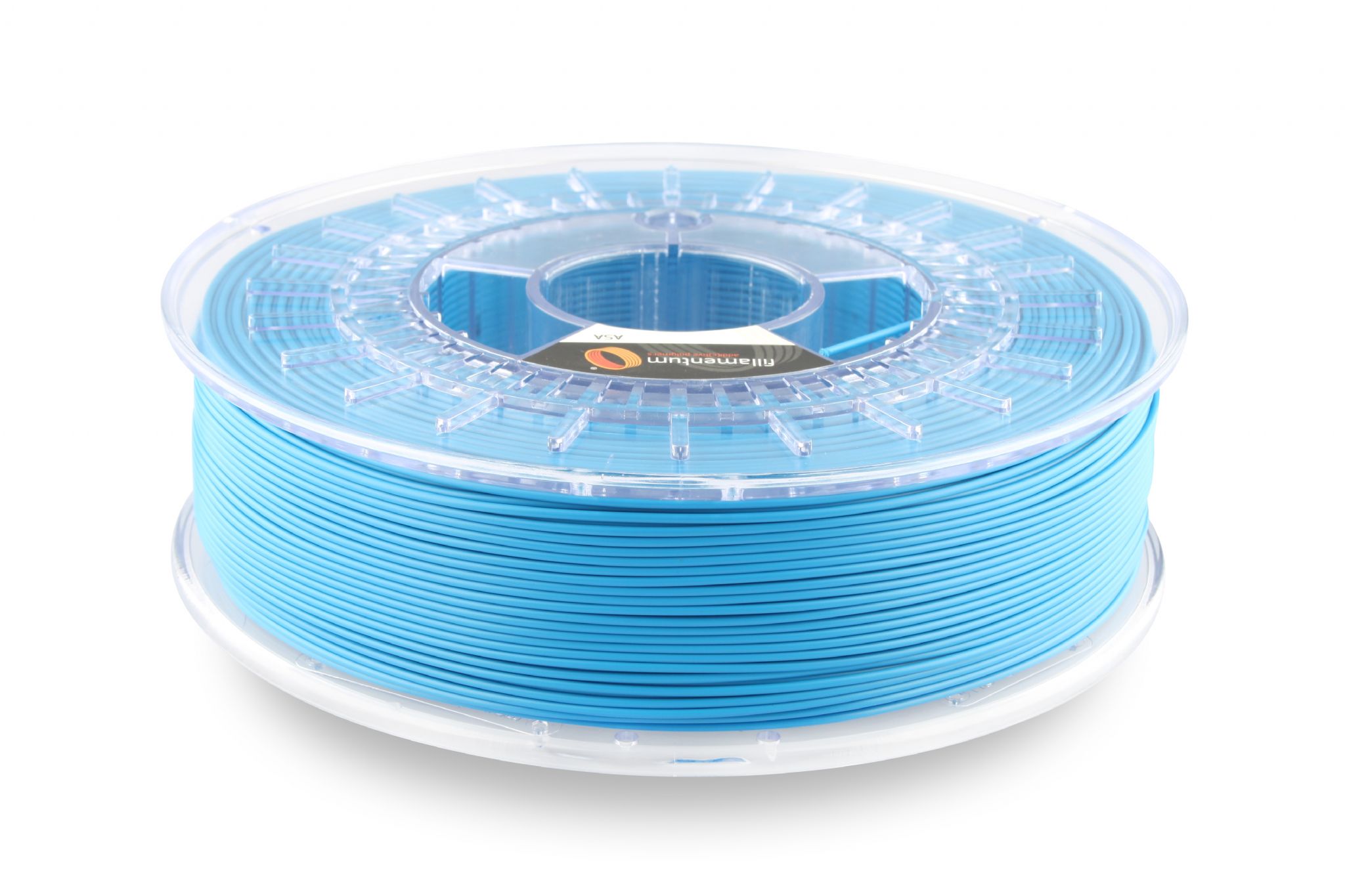
Among the small explosion of new 3D print materials is a substance you may not have considered: ASA.
ASA, or Acrylonitrile styrene acrylate, is yet another thermoplastic sometimes used in 3D printing. The intention of using ASA is to improve on the deficient qualities of ABS plastic, a very commonly used substance in 3D printing.
ABS is popular because it offers reasonable strength and is stable at temperatures typically encountered in many real-life situations. PLA plastic, on the other hand, becomes soft at temperatures you might encounter in a vehicle left in the sun. That’s definitely not good for any PLA parts.
ABS is the answer in those situations. However, ABS comes with its own problems, most notably warping due to shrinkage when cooling. But there’s another lesser known issue with ABS plastic: it degrades when exposed to ultraviolet light.
This makes it less suitable for outdoor applications where it might encounter sunlight.
Enter ASA, which is a very similar plastic, but has a slightly different chemical makeup. As such, ASA prints may be handled in a very similar manner to ABS: you can sand, drill and paint them. You can even use the acetone method of smoothing ASA prints.
But what makes ASA different? It’s the resistance to UV light, making ASA an excellent substance with which to print outdoor-use parts. I’m told ASA prints are somewhat more visually attractive, but that’s something left to the beholder.
It also has superior bridging performance, meaning you can make longer bridge structures. While that might sound like an esoteric and rare benefit, it also means you could create less dense interior fill structures that offer similar strength: lighter parts, potentially.
If this sounds interesting for your 3D print application, you might be wondering how to get your hands on ASA material. There are a couple of ways to do so.
If you happen to be using a Stratasys FDM machine, the company does sell ASA material cartridges for several of their machines. The material is sold at prices comparable to their other materials, so there’s no reason not to give it a try.
But for those using open material-style desktop 3D printers, there are also options for obtaining ASA. I was able to easily find a number of 3D print filament vendors offering ASA options, including:
Filamentum: €21 (USD$24) for 750g
3DFilapPrint: £22 (USD$29) for 750g
Yasin 3D: USD$30 for 1kg
Dr3DFilament: (multiple distributors)
Rigid.ink: USD$46 for 1kg
There are no doubt many more sources for ASA 3D printer filament. Why not find one and give it a test?

